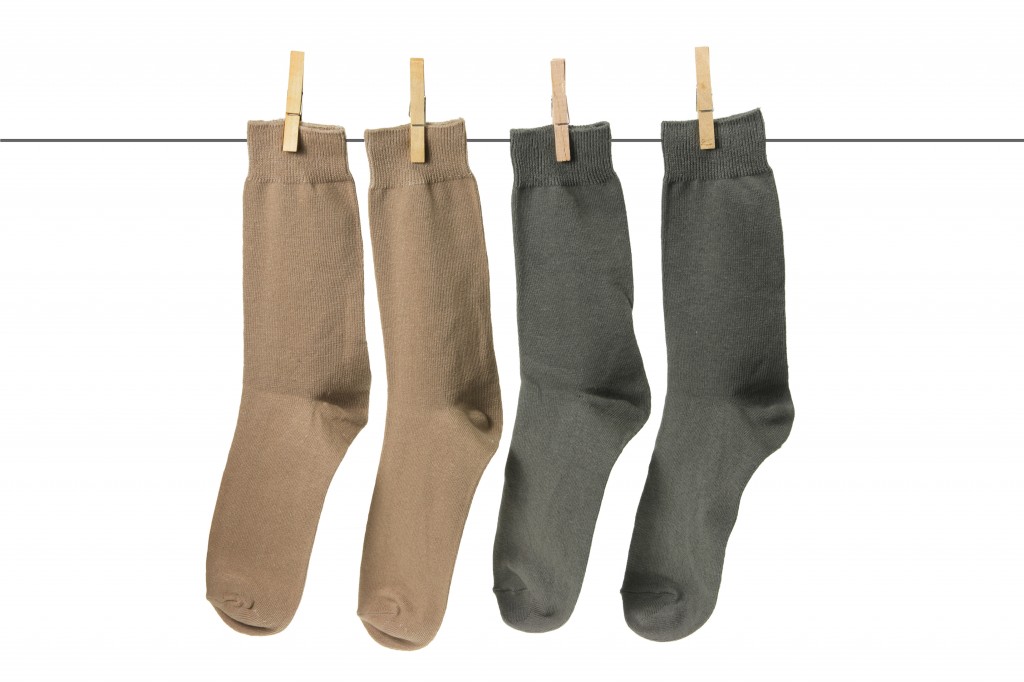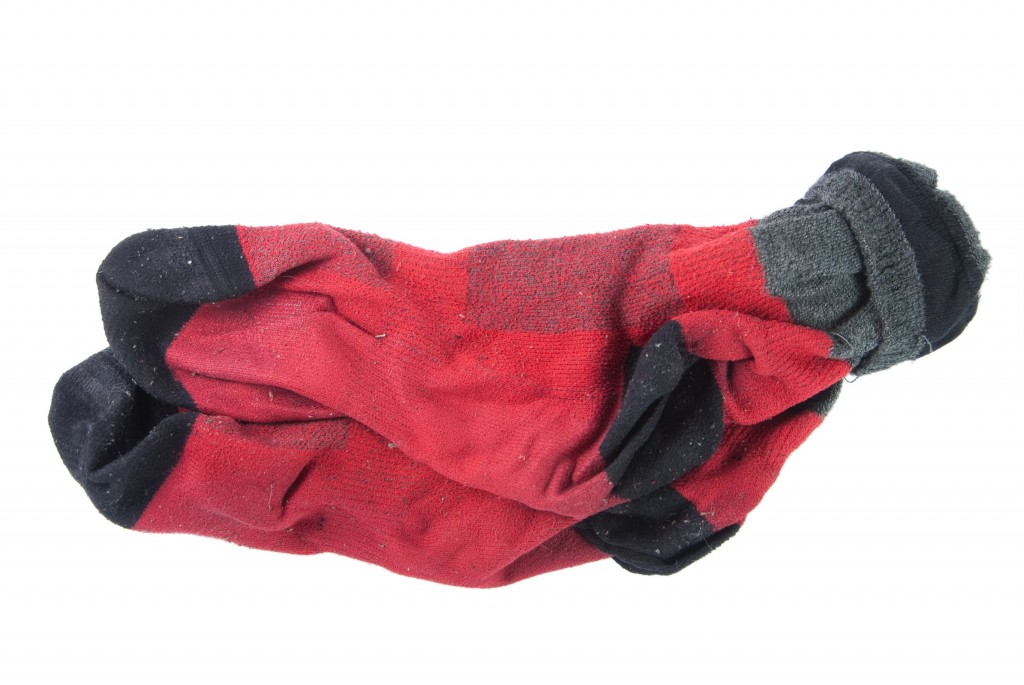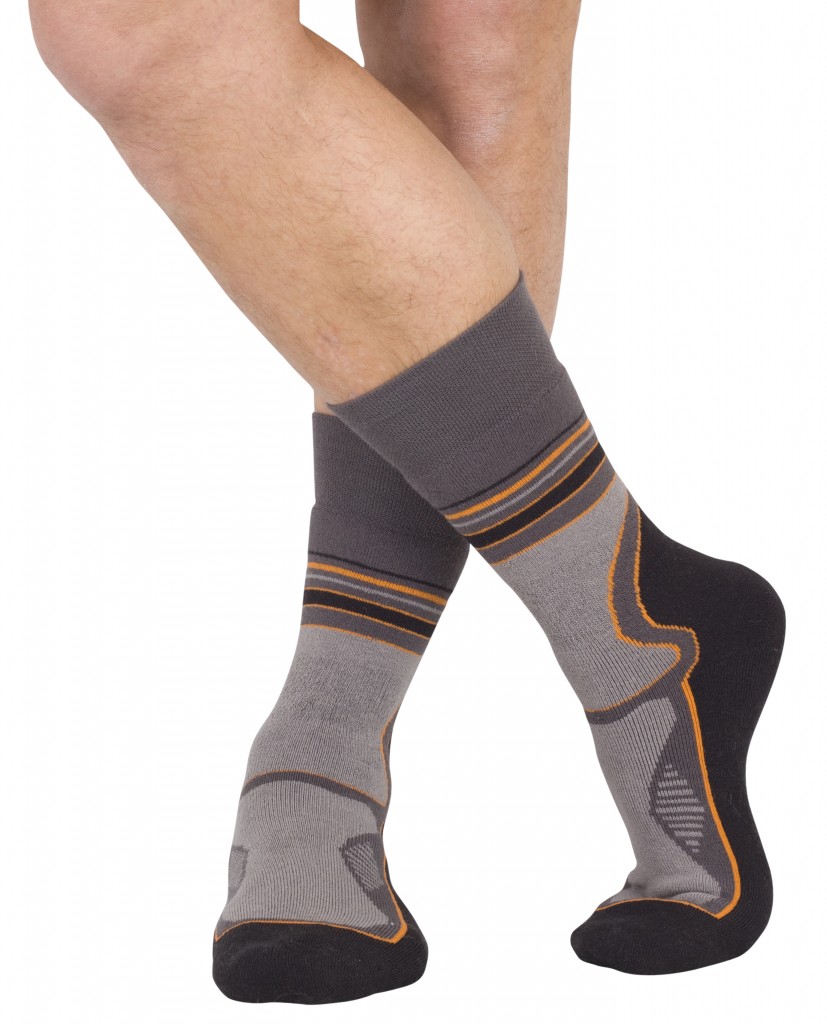How to Choose the Right Pair of Walking Socks
Contours Walking Holidays
How to Choose the Right Pair of Walking Socks
https://www.contours.co.uk/socks-the-oft-forgotten-essential
As walkers, we tend to spend a lot of time, effort and money researching and buying boots - rightly so as they make such a difference to our enjoyment of the hills and trails. They provide comfort, protection, weather-proofing, cushioning, assist with temperature regulation, and all ideally with no rubbing or blisters.
But what about your socks? Hands up those who, having spent time and money on their boots, then proceed to use any old pair of socks as their foot ‘midlayer’ and end up cursing because of sore, painful, blistered, cold or wet feet? Get the right pair of socks and they can make or break your foot/boot comfort combination; get the wrong pair and they can cause nothing but grief.

Here it is worth noting, in 30 years of experience (other than when wearing overshoe style Gore-tex inner socks), waterproof socks are a misnomer if worn in a non-waterproof boot or shoe. Yes, they will keep your feet dry if you splash through the odd puddle, but any more than that and you will get wet feet. Where they score well is helping to keep your feet warm, even if wet.
It is also worth remembering that the layering principle still applies to your feet. In other words, the socks that you choose should neither be too small so that they feel tight, especially around your toes, or so thick that you have no wriggle room in your boots. Your feet will be warmer and more comfortable if you have slightly thinner socks that do not restrict your feet and their blood flow and that allow a small layer of air to be trapped between sock and boot.
As well as making sure my socks fit well, I am ruthless regarding wear and tear. Once my socks start to thin badly or small holes appear in key places (either the big toe or heel), then they are discarded, certainly for serious use to avoid creating the potential for rubbing or blister problems.
Likewise, keeping socks clean and free from little bits of grit is important - if you have ended up with wet, muddy socks, then turn them inside out for washing, and once dry, give them a good shake and rub to get any fine bits of remaining grit out before using again.

That’s my sock preferences, but what of other options?
I struggle with cold feet. If however, you are the other way inclined, then, particularly in summer you may find that a thinner sock with greater wicking properties works better for you. If you still want some cushioning, then there are plenty of socks on the market that are thinner on the top with strategically padded points around the heel and foot pads.
Some people like the dual layer socks, the theory being that there is a second layer which helps to prevent friction and rubbing while still wicking away the sweat. Some walkers swear by them, others, like me, find that there is increased potential for the 2 layers to wrinkle and create friction hot spots, plus you can feel your feet are moving around more than normal. If you do want to try them, then 1000 mile Ultimate Tactel socks come with a blister free guarantee.
Likewise, others swear by ‘single toe’ socks, which are like a glove with each toe having its own ‘housing’. Converted users find they really help to prevent between toe rubbing and blisters, hence reducing the need to use tape or padding to prevent friction. If you want to give them a try, then Injini are probably the best known brand.
Like most things, it is worth spending a little time to find our want you want and remembering that in the grand scheme of costs, spending a little more for decent socks probably ensures more comfort on the hills than the same amount spent on other more expensive gear.
